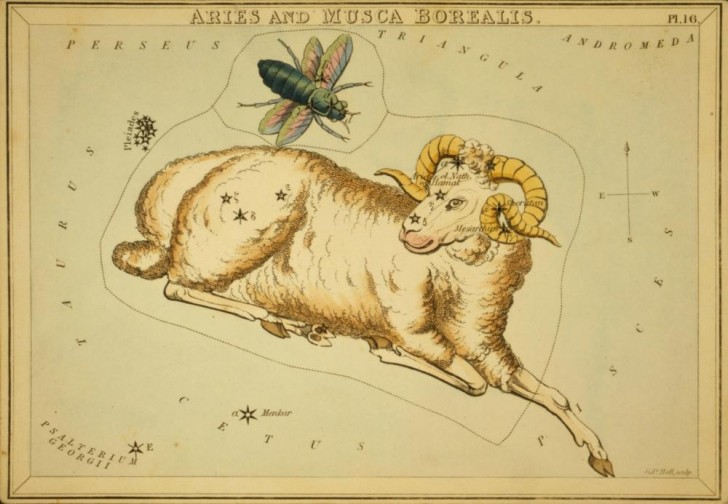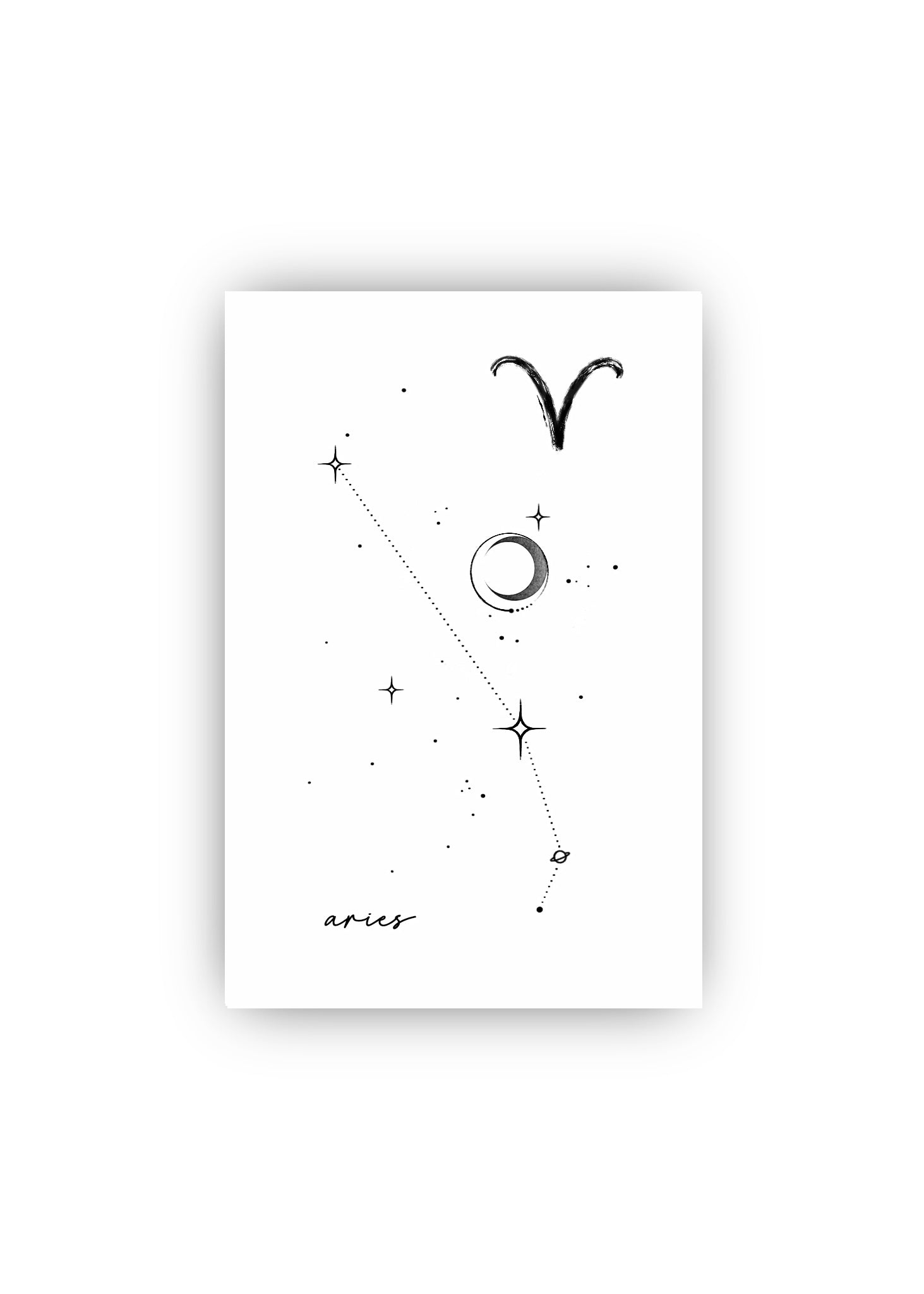Have you ever gazed up at the night sky and wondered about those mysterious patterns up there? Well, buckle up because we’re diving deep into one of the most fascinating celestial stories out there—the Aries constellation myths. This isn’t just a random cluster of stars; it’s a tale as old as time itself, filled with heroes, gods, and a whole lot of drama. So, if you’re ready to embark on an epic journey through the cosmos, let’s get started!
Now, before we dive headfirst into the myths, let’s talk about why Aries is such a big deal. It’s not just any constellation—it’s one of the zodiac constellations, which means it’s part of that exclusive club of star patterns that align with the sun’s path across the sky. And let’s be real, anything tied to the zodiac automatically gets a cool factor boost.
But what makes Aries so special? Well, it’s all about the stories. The myths surrounding this constellation are as rich and layered as a good Netflix series, and they’ve been passed down through generations. So, whether you’re a astrology enthusiast or just someone who loves a good story, this is gonna be a ride you won’t forget.
Read also:Whats The Deal With Mmsdoseus A Deep Dive Into The World Of Messaging Platforms
Understanding the Aries Constellation: A Quick Overview
Let’s break it down real quick. The Aries constellation is located in the northern hemisphere and is best viewed during the autumn months. It’s made up of three main stars—Alpha Arietis (Hamal), Beta Arietis (Sheratan), and Gamma Arietis (Mesarthim)—and together, they form the shape of a ram. Yeah, you read that right—a ram. But don’t roll your eyes just yet, because this ram isn’t your average barnyard buddy. This is the golden ram of Greek mythology, and its story is epic.
Key Features of the Aries Constellation
Here’s a quick rundown of what makes Aries stand out:
- It’s one of the 48 constellations listed by Ptolemy in the 2nd century.
- It’s the first sign of the zodiac, kicking things off with a bang.
- Its brightest star, Hamal, is a red giant that’s about twice the size of our sun.
- It’s home to some pretty cool deep-sky objects, like the spiral galaxy NGC 772.
So, yeah, Aries is kind of a big deal in the astronomy world. But let’s not forget why we’re really here—the myths!
Aries Constellation Myths: The Tale of the Golden Ram
Alright, let’s dive into the juicy stuff. The most famous myth associated with the Aries constellation is the tale of the golden ram. According to Greek mythology, this magical creature was sent by the gods to save two siblings, Phrixus and Helle, from a terrible fate. Their stepmother, Ino, had concocted a scheme to have them sacrificed, and things were looking pretty grim for the young duo.
Enter the golden ram, sent by the goddess Nephele. This wasn’t your average sheep; it had wings and could fly through the skies like a boss. Phrixus and Helle climbed aboard, and off they went on an adventure that would change their lives forever. Unfortunately, Helle didn’t make it all the way—she fell off the ram and into the sea, which was later named the Hellespont in her honor. But Phrixus? He made it to safety in Colchis, where he sacrificed the ram to Zeus and hung its golden fleece in a sacred grove. And that, my friends, is how the golden fleece became one of the most sought-after treasures in mythology.
Symbolism of the Golden Ram
Now, let’s talk about what the golden ram symbolizes. In Greek mythology, it represents sacrifice, bravery, and the power of the gods to intervene in human affairs. It’s also a symbol of protection and guidance, which is why it was chosen to represent the Aries constellation. And let’s not forget the connection to the zodiac—Aries is all about new beginnings, courage, and taking the lead, which ties perfectly into the story of the golden ram.
Read also:What Is The Downside Of Sono Bello Unveiling The Truth Behind The Hype
The Connection Between Aries and the Zodiac
Speaking of the zodiac, let’s talk about how Aries fits into the bigger picture. As the first sign of the zodiac, Aries is all about initiation and action. People born under this sign are known for their fiery energy, determination, and leadership qualities. And it’s no coincidence that the constellation is associated with these traits—the story of the golden ram perfectly encapsulates the Aries spirit.
Characteristics of Aries Zodiac Sign
Here’s a quick look at what makes Aries so unique:
- Element: Fire—Aries is a fire sign, which means it’s all about passion, energy, and drive.
- Ruling Planet: Mars—the planet of war and aggression, which gives Aries its bold and competitive nature.
- Strengths: Courage, leadership, enthusiasm, and a love for adventure.
- Weaknesses: Impatience, impulsiveness, and a tendency to be a little too headstrong.
So, if you’re an Aries or know someone who is, you’ll probably recognize these traits. And hey, who doesn’t love a little fire in their life, right?
Aries Constellation in Different Cultures
But wait, there’s more! The Aries constellation isn’t just a big deal in Greek mythology—it’s also significant in other cultures around the world. For example, in Babylonian astrology, Aries was known as the "True Shepherd of Anu," and it was associated with the god of war, Nergal. In Indian astrology, Aries is called Mesha, and it’s seen as a symbol of power and strength.
How Different Cultures Interpret Aries
Here’s a quick look at how Aries is viewed in different parts of the world:
- Greek Mythology: The golden ram and its heroic journey.
- Babylonian Astrology: The True Shepherd of Anu and its connection to the god of war.
- Indian Astrology: Mesha, a symbol of power and leadership.
- Chinese Astrology: While the Chinese zodiac doesn’t use constellations, the traits associated with Aries (fire, leadership, and courage) can be seen in the Year of the Fire Rooster or Dragon.
So, as you can see, the Aries constellation has a pretty universal appeal. No matter where you go in the world, people recognize its significance and the stories it tells.
Scientific Insights on the Aries Constellation
Now, let’s shift gears and talk about the science behind the Aries constellation. For all you astronomy nerds out there, this is the part where we get into the nitty-gritty details. Aries is located in the first quadrant of the northern hemisphere, and it’s bordered by several other constellations, including Pisces, Taurus, and Triangulum. It’s also home to some pretty cool celestial objects, like the spiral galaxy NGC 772 and the open cluster NGC 752.
Interesting Facts About Aries
Here are a few fun facts about the Aries constellation:
- It’s one of the faintest constellations in the zodiac, which makes it a bit of a challenge to spot with the naked eye.
- Hamal, the brightest star in Aries, is about 66 light-years away from Earth.
- The constellation is best viewed during the months of September and October, when it’s high in the night sky.
So, whether you’re a seasoned stargazer or just starting out, Aries is definitely worth a look. Just grab a pair of binoculars and head outside on a clear night—you won’t regret it.
Aries Constellation Myths in Modern Culture
Finally, let’s talk about how the myths of the Aries constellation have influenced modern culture. From books and movies to music and art, the story of the golden ram has inspired countless creators over the years. For example, the myth of the golden fleece is a central theme in the classic novel "Jason and the Argonauts," and it’s been adapted into several films and TV shows. And let’s not forget astrology—the Aries zodiac sign has become a cultural phenomenon, with millions of people around the world identifying with its traits and characteristics.
Modern Interpretations of Aries Myths
Here are a few examples of how Aries myths have been reimagined in modern culture:
- Film and TV: The myth of the golden fleece has been adapted into several movies and TV shows, including the 1963 classic "Jason and the Argonauts."
- Music: Artists like Florence + The Machine and Coldplay have drawn inspiration from the Aries myth in their songs.
- Art: The image of the golden ram has been used in countless works of art, from ancient Greek pottery to modern digital illustrations.
So, as you can see, the myths of the Aries constellation are still very much alive and well today. And who knows? Maybe they’ll inspire the next big blockbuster or best-selling novel.
Conclusion: Why Aries Constellation Myths Matter
Well, there you have it—the fascinating world of Aries constellation myths. From the golden ram of Greek mythology to its significance in astrology and modern culture, Aries is a constellation that continues to captivate and inspire. Whether you’re a star enthusiast or just someone who loves a good story, there’s something about Aries that resonates with us all.
So, what do you think? Did you learn something new today? Or maybe you’ve got your own take on the Aries myths. Either way, I’d love to hear from you! Drop a comment below, share this article with your friends, or check out some of our other posts on all things astrology and astronomy. Until next time, keep gazing up at the stars and dreaming big!
Table of Contents


